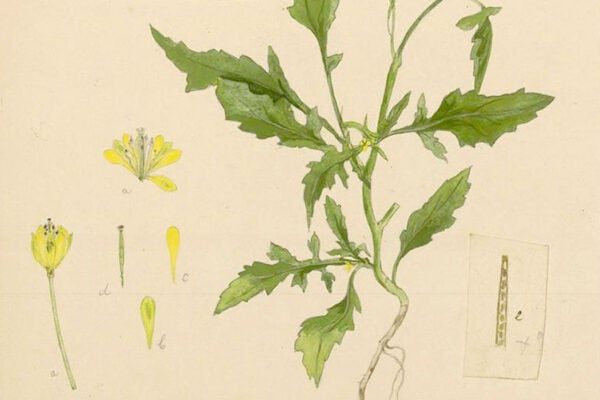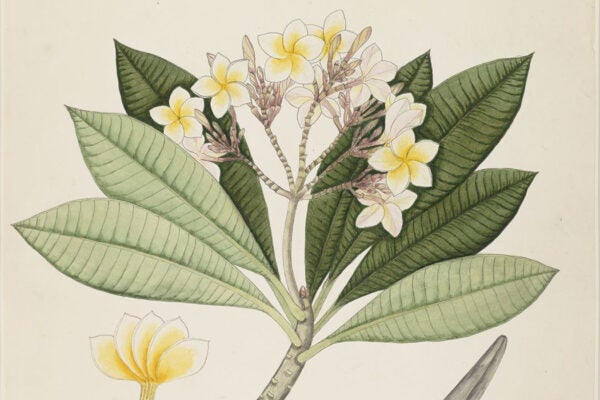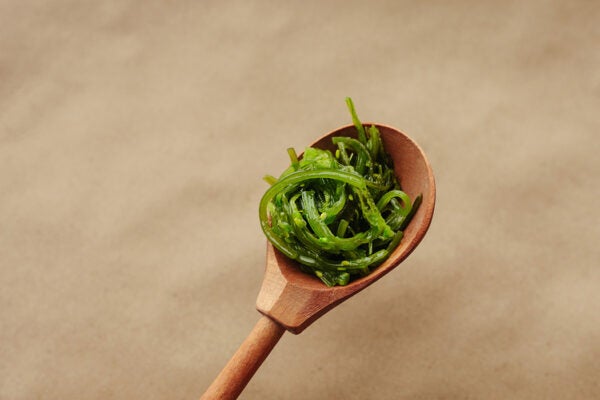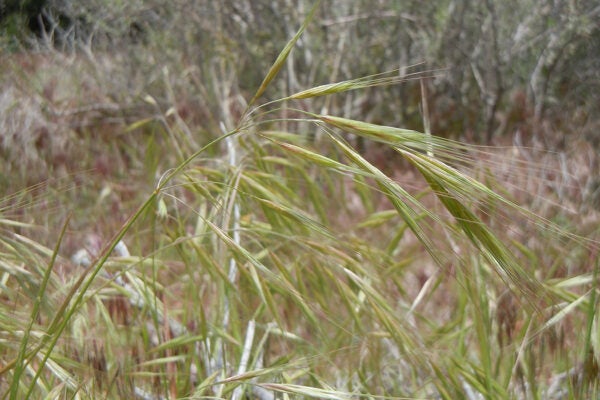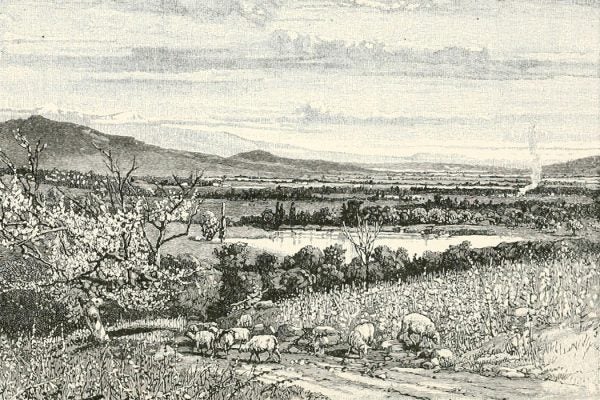Plant of the Month: Hibiscus
Nearly synonymous with the global tropics and subtropics, hibiscus symbolizes the Caribbean’s transnational past, present, and future.
Plant of the Month: London Rocket
London rocket was observed in abundance following the Great Fire of London in 1666, but why does this non-native weed still interest English botanists?
Plant of the Month: Frangipani
An ornamental plant whose white flowers hang over graveyards and temples in Southeast Asia presents complicated questions on national belonging and religious identity.
Eating Seaweed in the Americas
From the kelp highway to blue plate kelp specials, seaweeds are gaining greater acceptance on the dining tables in the Americas.
Plant of the Month: Yerba Mate
The biological and cultural profile of mate has affected its global expansion, unlike other plants native to the Americas, such as cacao and maize.
The Greening of the Great Basin
The growth of grass in a desert might not seem problematic, but the introduction of invasive species can disrupt plant, animal, and human inhabitants.
Plant of the Month: Guinea Grass
The West African grass was imported to sustain Caribbean sugar plantations, but it has turned against them, becoming a symbol of resilience and independence.
Plant of the Month: Corpse Lily
The largest flower on the planet—a gigantic, pungent parasite—reveals deep genetic mysteries and unique conservation challenges.
Plant of the Month: White Sage
An important part of Indigenous spirituality and identity, the aromatic evergreen shrub is being threatened by poachers and over-commercialization.
Tomatoes as Medicine
Tomatoes, once believed by Americans to be poisonous, became an unquestioned staple of a healthy diet thanks to doctors and popular cookbooks.

